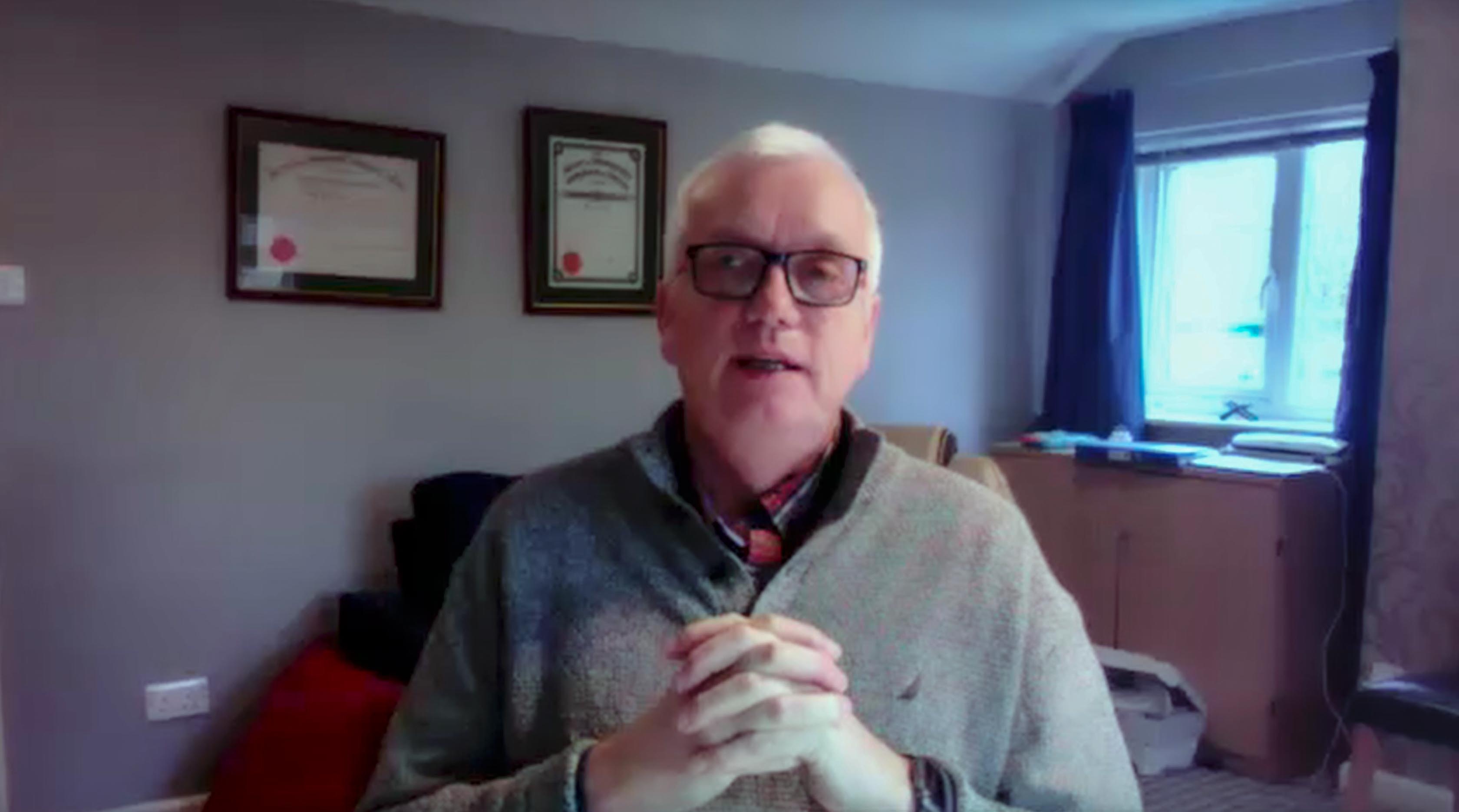
How Access screened acquisition targets and the importance of the aligning financing and M&A strategy.
Cofounder and Former Commercial Director at The Access Group
inpractise.com/articles/kpis-software-roll
Why is this interview interesting?
- KPI's that Access Group used to pick acqusition targets
- Importance of aligning the financing strategy with acquisition plan to prevent shareholder dilution
Chris Tossell
Cofounder and Former Commercial Director at The Access Group
Interview Transcript
Going back to the decision-making framework, the first one you mentioned was the verticals? What KPIs would you use to double-check if the business was worth your time? Were there certain hurdle rates that you had to meet?
We had a very strong organic growth in the business. We had about 12%, year on year, organic, so that’s what we needed to increase. We needed to get to about 30% growth, year on year, overall, to achieve the target.
Working backwards, first of all, we knew we need to achieve 18% growth, through the acquisitions. You start looking at the ones that are probably going to provide the best bang for your buck. There had to be some rules and one of the rules was that we couldn’t buy a loss-making business. It’s a shame, in a way, because obviously, a loss-making business, you might pick it up for very little money and be able to turn it into something. But because you are bound by some banking rules and all the rest of it, buying a loss-making business is immediately out of the question. So you’ve got to look for profitable businesses.
What we didn’t want to do was to dilute our own shareholdings, because if we wanted to borrow more money from the private equity company, they would want shares. Therefore, we wanted to do it through bank finance. We got a line of credit from bank finance and we had, initially, £10 million to spend, but you’re not going to blow all that on one acquisition. So immediately, you’re thinking, well, we could do two or three acquisitions at the £3 million mark. Before you even start looking at what you might buy, you start thinking about how much you can spend. Then you start looking at the verticals. We wanted to buy, if we could, SaaS businesses. This is 2011, SaaS has become a thing. It’s not fully accepted by everybody, in the way it is now, but it was a thing. We went for an absence tracking system, I think, was one of the first ones that we bought, because it was a direct bolt on to our HR system.
We then had absence tracking and HR, but we needed advanced absence tracking; absence tracking across teams, absence tracking so that people could see, not only necessarily that someone was absent, but they were out of the office doing something else or they were working on a different team. In fact, the product that we looked at in the end, was a product called TeamSeer, which we acquired. We paid about £2 million for it, if I remember rightly. That was a SaaS-based business and we paid it almost two times its revenue, which was a steal really, if you look back at it. If we were buying that business now, we’d probably pay double that.
That’s how we approached it – money first. The next thing you next hit is, you go out and you research these companies. We looked at, probably, four or five absence tracking companies. I would come back to the board and say, these are the possibles. We were always looking for off-market and we were trying to avoid advisor-led sales. Advisor-led sales are, generally, more expensive. We would get to the point where we’d say, we’d like to buy this and I’d be asked, is this the best one to buy? The answer actually is, maybe not, but it’s the one that’s available; it’s the one where he’ll sell, for a price we can afford and we can see that we can do something with that business and we can make it fly.
Copyright Notice
This document may not be reproduced, distributed, or transmitted in any form or by any means including resale of any part, unauthorised distribution to a third party or other electronic methods, without the prior written permission of IP 1 Ltd.
IP 1 Ltd, trading as In Practise (herein referred to as "IP") is a company registered in England and Wales and is not a registered investment advisor or broker-dealer, and is not licensed nor qualified to provide investment advice.
In Practise reserves all copyright, intellectual and other property rights in the Content. The information published in this transcript (“Content”) is for information purposes only and should not be used as the sole basis for making any investment decision. Information provided by IP is to be used as an educational tool and nothing in this Content shall be construed as an offer, recommendation or solicitation regarding any financial product, service or management of investments or securities.
© 2026 IP 1 Ltd. All rights reserved.


